Creating a homemade diet for your cat might seem like a great way to show your love and care. After all, what could be better than crafting meals tailored to your furry friend's taste? But, this well-intentioned effort could have hidden pitfalls.
Cats are not just small dogs or furry humans; their nutritional requirements are unique and complex.
Preparing your cat's meals at home is more than just cooking. It requires a precise nutrition and food safety balance, where even small errors can greatly impact your cat's health.
This article highlights the often-overlooked dangers of do-it-yourself (DIY) cat diets, from nutritional gaps to unseen risks, guiding you to make informed decisions for your feline companion's well-being.
List of Overlooked Dangers of DIY Cat Diets
Below, we'll explore the key areas where DIY diets for cats can fall short, impacting their health and wellbeing:
1. Nutritional Imbalance
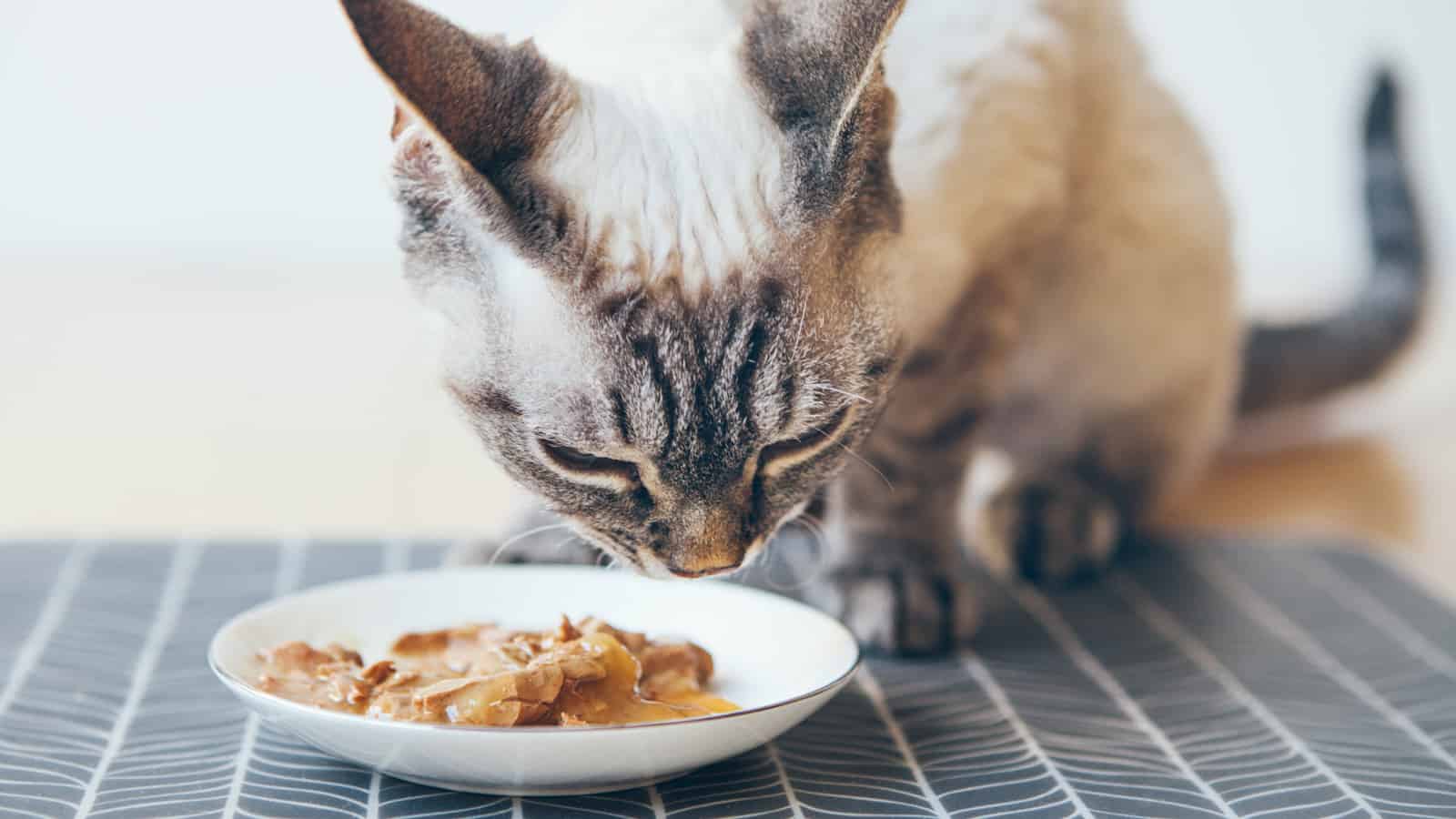
Preparing your cat's meals at home requires a deep understanding of their nutritional needs. As obligate carnivores, cats rely on certain nutrients found mainly in animal products.
They need essential amino acids like taurine, without which they could develop severe health issues, including dilated cardiomyopathy.
A study by UC Davis found that none of the 114 analyzed homemade cat food recipes provided all essential nutrients in the recommended amounts for adult cats. This research highlights the complexity of formulating a balanced diet for cats.
Even recipes written by veterinarians often lacked sufficient levels of several essential nutrients, like choline, iron, zinc, thiamin, vitamin E, and manganese.
Such deficiencies can lead to significant health problems in cats, emphasizing the need for professional guidance when feeding cats a homemade diet.
To avoid common pitfalls in cat nutrition, check out our guide on '11 Cat Feeding Mistakes You Can’t Afford to Make.'
2. Risk of Contaminants
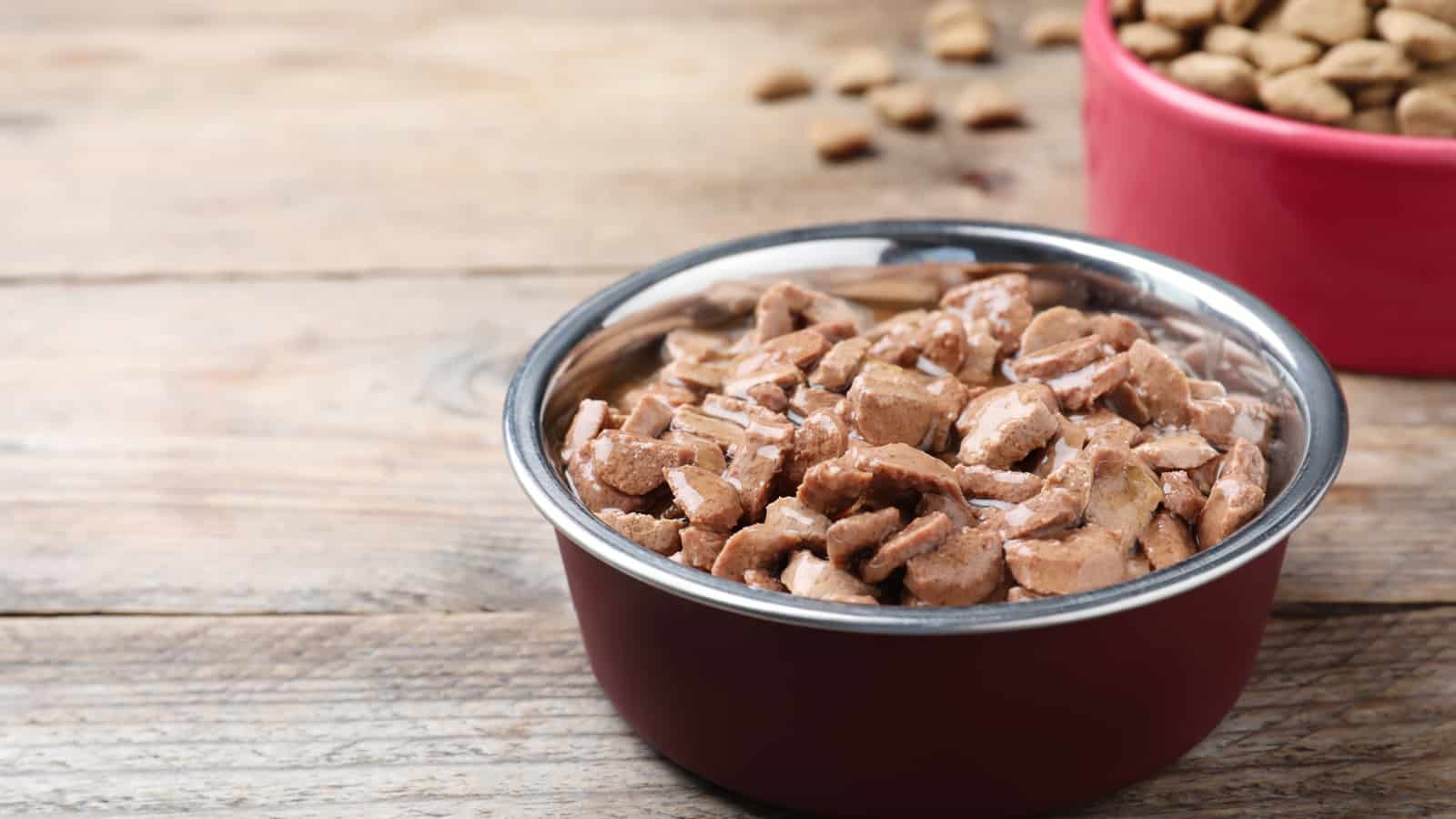
When you prepare a DIY cat diet, particularly if it includes raw food, you should be aware of the potential risks of bacterial contamination.
Raw meats in these diets can be a source of harmful bacteria like Salmonella and Listeria.
The Centers for Disease Control and Prevention (CDC) has identified that raw pet food can contain these germs, which pose a risk to your cat and threaten your and your family's health.
These bacteria can be transferred around your kitchen and home, leading to serious illnesses. This emphasizes the importance of being careful and practicing good hygiene when choosing to feed your cat a homemade raw diet, to ensure the safety of all in the household.
3. Inadequate Cooking
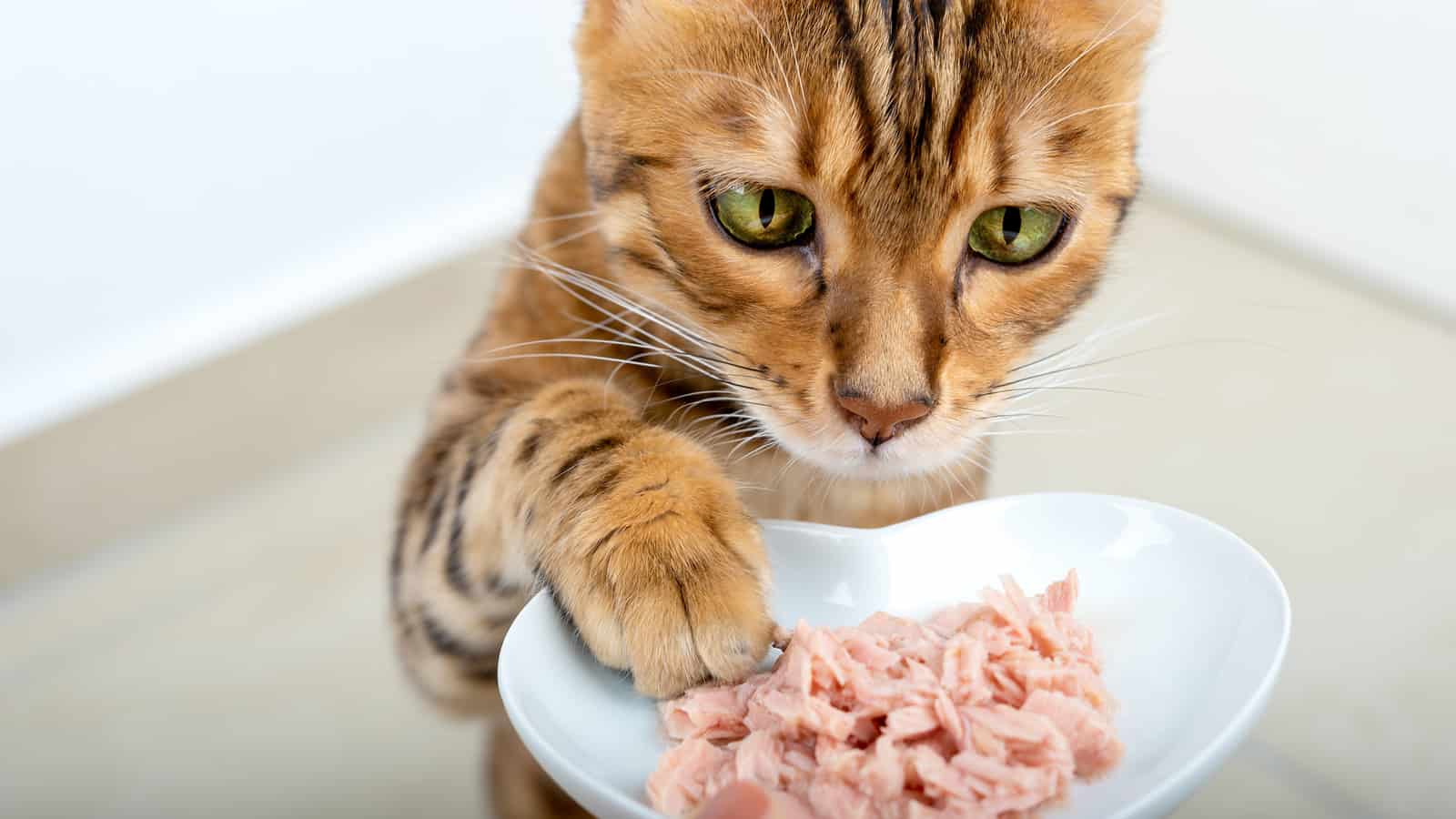
Think of cooking for your cat like being a chef at a gourmet restaurant where the star ingredient is taurine, essential for your cat’s heart and eye health.
Just like a chef must carefully balance cooking temperatures to preserve the flavors and nutrients in a dish, you need to consider how cooking affects taurine in your cat’s food.
A study shows that methods like boiling, which immerses food in water, can cause significant taurine loss. In contrast, baking or frying, akin to grilling a steak to perfection while retaining its juices, better preserves taurine.
This culinary balancing act highlights why many cat owners prefer commercially prepared foods, where cooking processes are fine-tuned to retain nutritional value while ensuring safety.
4. Allergies and Sensitivities
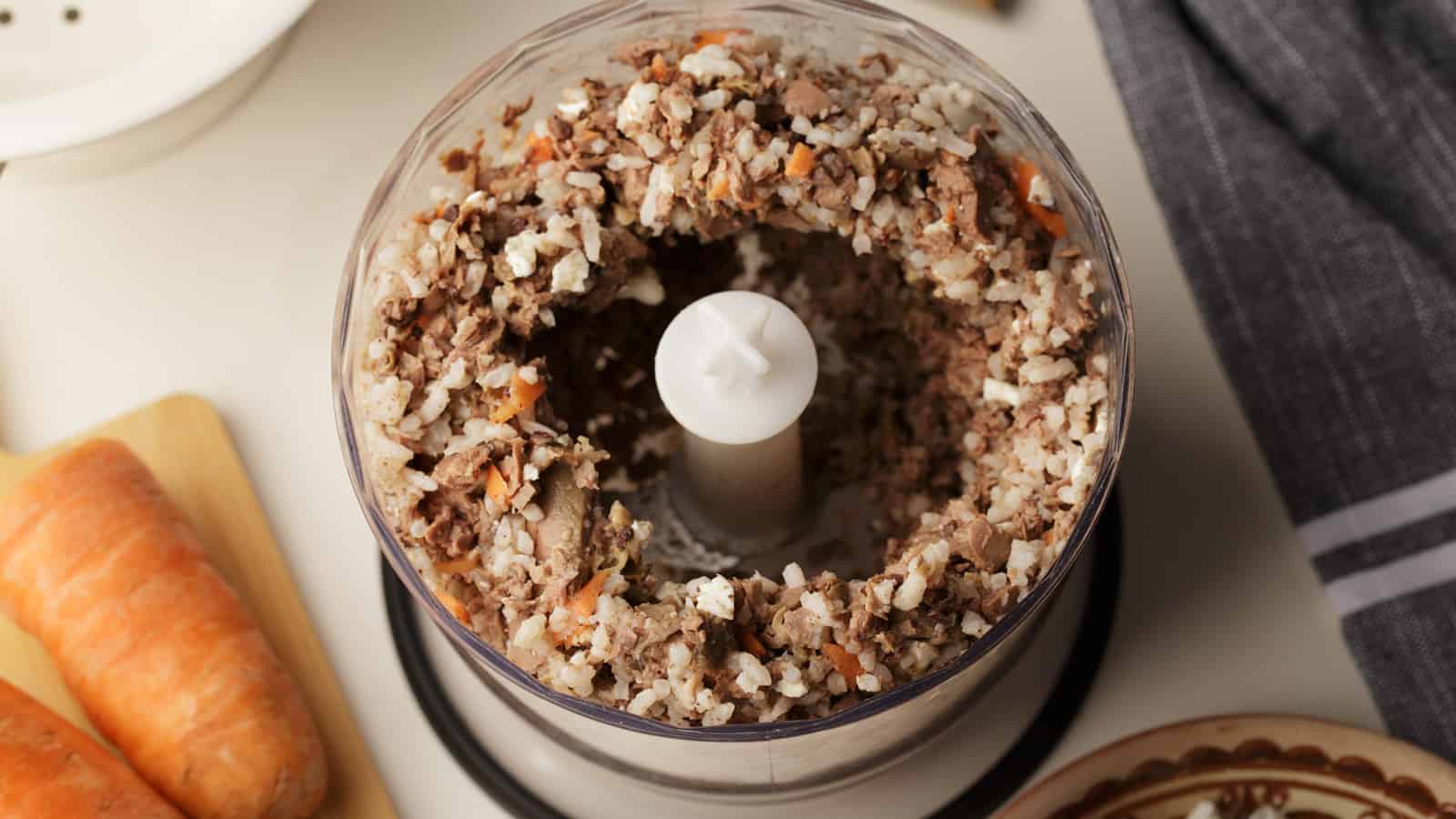
When you prepare food for your cat at home, it's important to be aware of potential food allergies.
Although the exact prevalence of cat food allergies is not clearly defined, these allergies can manifest as skin and gastrointestinal disorders, with symptoms like pruritus.
Common ingredients in cat foods, such as beef, dairy, and fish, could be potential allergens. However, identifying these allergens isn't easy and requires dietary elimination-challenge trials for an accurate diagnosis.
This complexity underscores the importance of careful ingredient selection and possibly seeking veterinary advice when preparing homemade cat food to ensure it's nutritious and safe for your cat's specific health needs.
While exploring homemade diet options, you might wonder about certain foods, like 'Can Cats Have Peanut Butter?' - find the answer in our detailed article.
5. Long-Term Health Issues
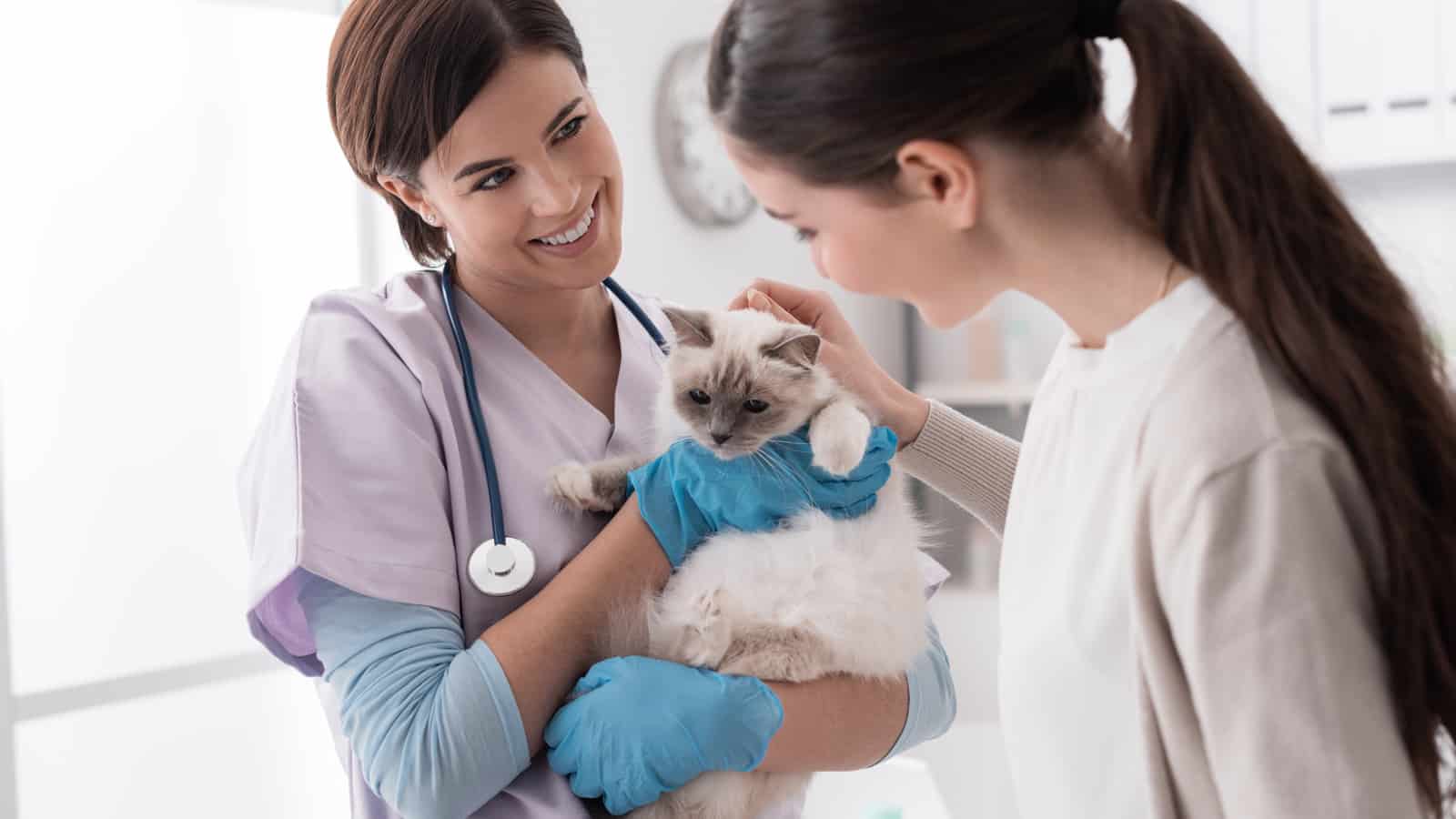
Imagine equipping your cat with an incomplete tool kit for life. Homemade diets can inadvertently do this by missing key nutrients for long-term health.
For instance, insufficient levels of specific vitamins and minerals could lead to compromised immune system function, making your cat more susceptible to infections and diseases. Further, imbalances in fatty acids can affect skin and coat health, leading to dermatological issues.
These nutritional gaps could have a cumulative effect, gradually impacting your cat's health in ways that might not be immediately noticeable but can lead to significant issues over time.
Final Thoughts on DIY Cat Foods
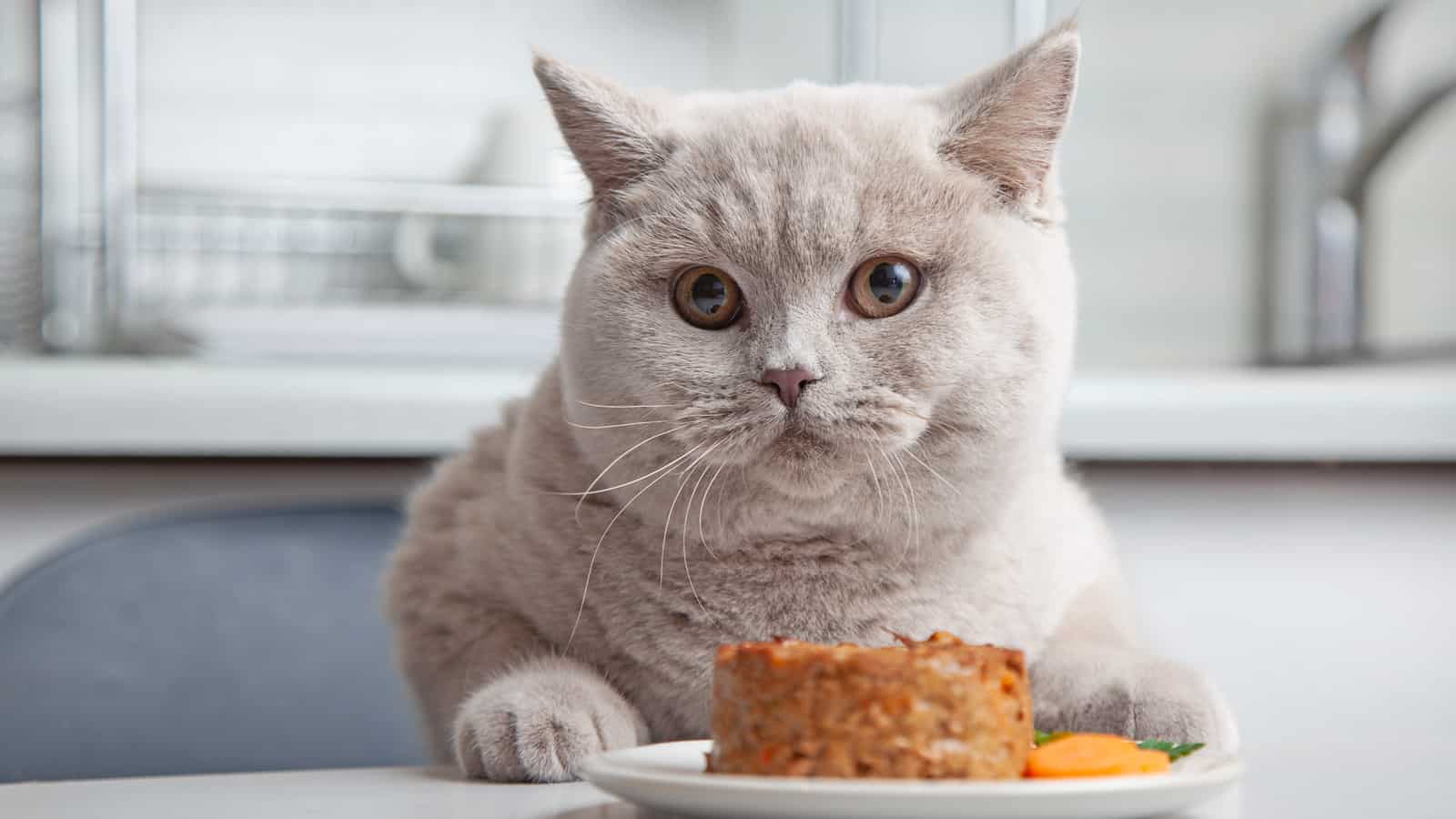
While preparing your cat's meals at home comes from a place of love, it's essential to recognize the complexities involved.
The right balance of nutrients, safe cooking methods, and awareness of potential allergens and long-term health impacts are crucial for your cat's health.
It's a journey that requires not just dedication but also informed guidance. If you choose the homemade route, do so with care and consider consulting a veterinary nutritionist.
Alternatively, commercially prepared cat foods are reliable, offering balanced nutrition tailored to your cat’s needs. Remember, the goal is always the same: a happy, healthy, thriving feline friend.
Some elements on this page may have been created by our team using advanced AI to provide you with top-notch cat inspired ideas. Read more about our AI Content Policy.
